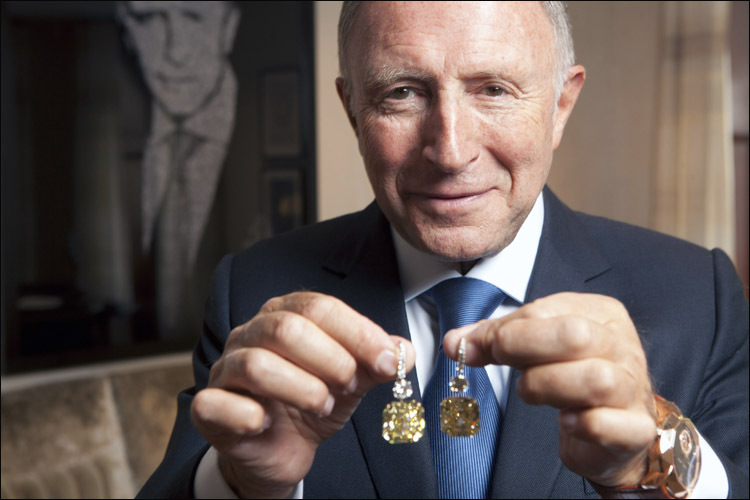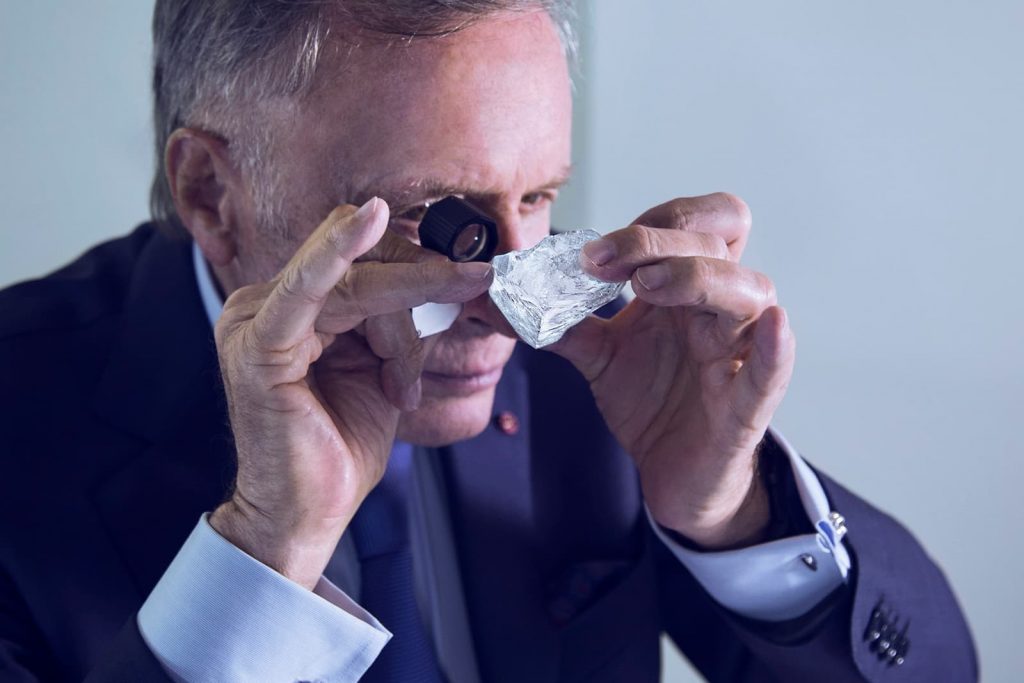
Lawrence Graff – the man who made billions in jewellery
The British billionaire has travelled the arduous road from caretaker to master of the whole jewellery industry for decades. He has created a real jewellery empire, which is successfully operating all over the world.
No crisis, epidemic or military conflict could deter the wealthy from buying rubies, diamonds and sapphires. Each of the fifty or so Graff Diamonds boutiques around the world bring more and more money to their owner.
The Jewish Graff family hails from Kiev. At the time of Nicholas II, the grandparents of the future jeweller moved to England, settling in one of the poorer quarters of London. Dad was a tailor and mother had her own small tobacco shop. After a while, Lawrence’s parents opened a confectionery shop.
Success in education the boy was not distinguished, and at the age of fourteen, his parents sent him to work. Lawrence’s first employer was the jeweler Schindler, in the shop where the teenager was engaged in cleaning the jobs of jewelers and washing toilets and windows.
At the age of eighteen, Graff was already an expert not only in the art of scrubbing toilets. He could estimate precious stones, polish them, cut them, create jewellery and work with metals. The young jeweller enjoyed these activities much more, and worked in this direction with fantastic enthusiasm.
In 1960, when Lawrence was already 22 years old, he opened his own firm, Graff Diamonds, and began to create high-quality jewellery at the price of $1,000. But there were no buyers for his creations among jewelers and jewelry brands in London, all of them dismissively pointing the ambitious boy out.

Graff understood that everything was still to come. Graff grabbed his best jewellery and decided to show it at a jewellery show in Singapore. He had to fly to that country every month, and eventually his first regular customer was Brunei Prince Hassanal Bolkiah. The man would soon be proclaimed sultan and Graff would officially become the “royal jeweller”.
“The lives of diamonds are very long. But the best moment in their life is when they become a piece of jewellery. Like all works of art, they should be enjoyed by the public and not lie dead in safes.” This motto became Graff’s top priority and he was willing to go to any lengths to attend exhibitions and jewellery salons.
After his luck with the Bruneian monarch, the jeweller became known to many wealthy clans in countries like India, China and Malaysia. His business philosophy was simple: the finest gemstones, a touch of ‘coolness’ in his classic designs and impeccable service.
When the jeweller’s business took off, he bought a controlling stake in a South African diamond-mining company. Since then, Graff has been on the lookout for any noteworthy diamond. He is on a real hunt for the biggest ones, as well as the colored ones. He either gets them from Lawrence’s enterprises or else he catches them in auction battles, bidding to the bitter end. It is this man who has the historic blue diamond, which belonged to the Wittelsbachs, in his collection, with a glass replica serving as a museum exhibit.
In 2020, the collector became the owner of the largest diamond in the world, which weighed 1,109 carats. Dozens of the purest diamonds of various shapes were made from it, including the largest diamond (over three hundred carats) in recent memory, called “Our Light”.
